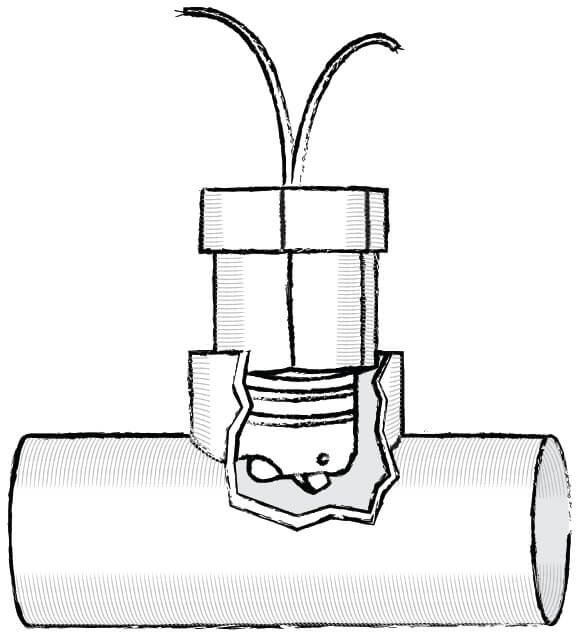Irrigation Flow Sensors
 What are flow sensors?
What are flow sensors?
Flow sensors detect when water is flowing and transmit signals to indicating devices. They can use that information to detect unscheduled, low- or high-flow events. Many flow sensors with indicating devices can also measure the flow rate and the amount of water being delivered to an irrigation system.
In the irrigation industry, the terms “flow meter” and “flow sensor” are often used interchangeably.
How do they work?
Flow sensors measure how slowly or quickly water is flowing through an irrigation system and send that information to an irrigation controller. This is incredibly helpful in detecting issues and conserving water. For example, if water is flowing at an unusually high rate, a flow sensor works in conjunction with an irrigation controller to take corrective action. Such action could include stopping the water flow, sounding an alarm or sending alert messages.
Active flow monitoring conserves water, protects plant materials and prevents site damage caused by irrigation system component failures.
SWAT Testing Protocol
SWAT protocols define science-based methods to evaluate whether products meet established standards for water-use efficiency. SWAT is currently working on a draft testing protocol with major manufacturers.
For questions about SWAT or flow sensors, contact the Irrigation Association via email or by calling 703.536.7080.